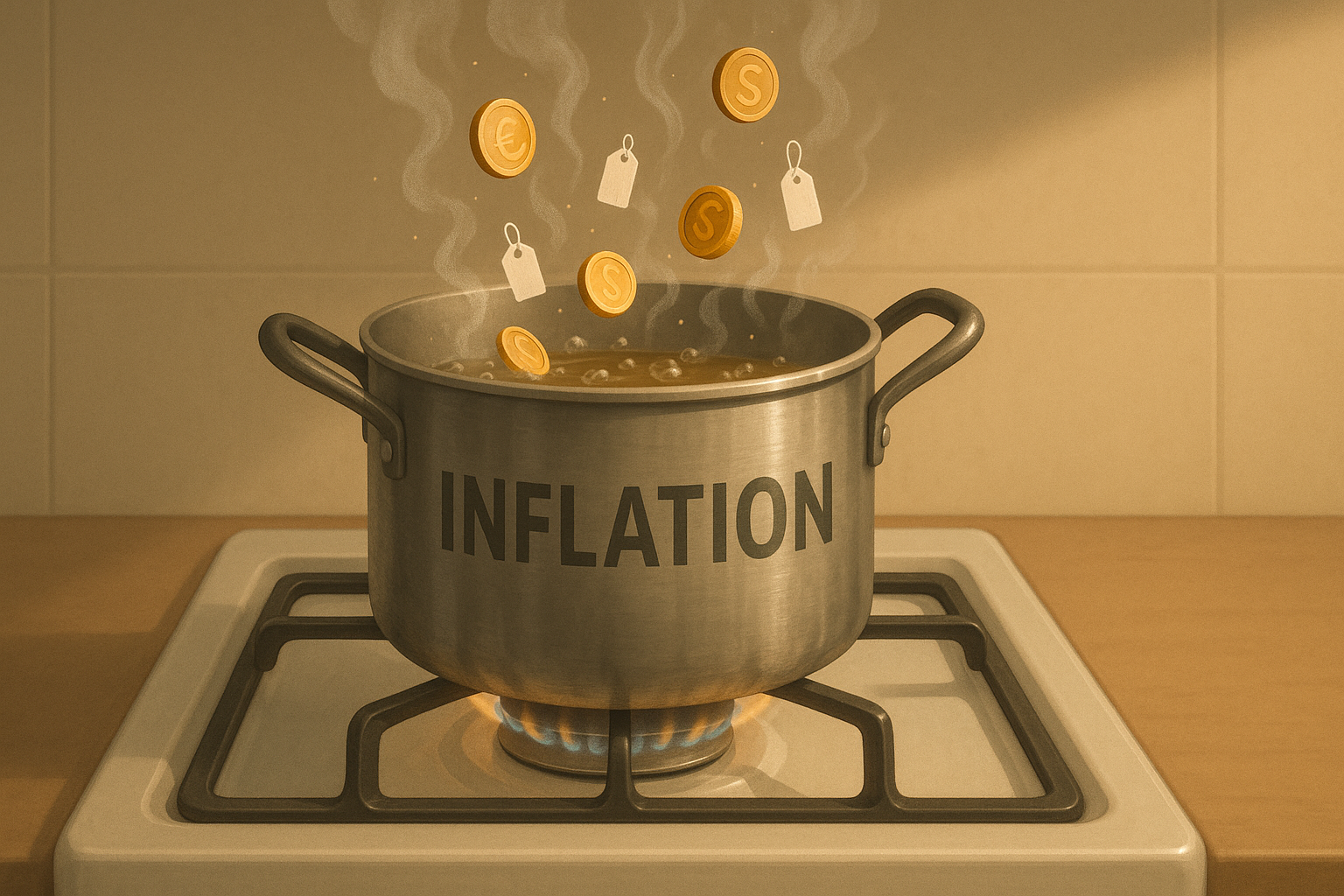The student loan landscape is shifting dramatically this year, and borrowers need to pay attention. Starting this summer, those with defaulted Direct Loans will finally be able to access Income-Based Repayment (IBR) plans again - a huge relief for many who've been stuck in financial limbo. But don't get too excited yet - the SAVE and PAYE plans are still off the table for these borrowers, which seems like an odd distinction if you ask me.
I've been watching the employer assistance programs closely, and thankfully, the Consolidated Appropriations Act is still letting companies provide up to $5,250 in tax-free student loan help through the end of 2025. In my experience, this benefit can make a real difference for recent grads trying to get their financial footing.
The Public Service Loan Forgiveness program got a controversial makeover in March. The administration signed an executive order that blocks PSLF eligibility for employees at organizations involved in things like immigration law violations or child trafficking. They're framing it as preventing funds from going to "activist organizations," which feels politically charged, to say the least.
Perhaps the most unsettling development is the proposal to move federal loan management to either the Treasury or Small Business Administration. This has created a real mess - the IDR plan applications were briefly removed then reinstated, leaving borrowers (including a few friends of mine) completely confused about what to do next. The future of the SAVE Plan is hanging by a thread, and nobody seems to know what's coming next.
These changes aren't just bureaucratic shuffling - they'll have real impacts on millions of Americans trying to manage their debt. The uncertainty is probably the worst part. How are people supposed to make financial plans when the rules keep changing?




